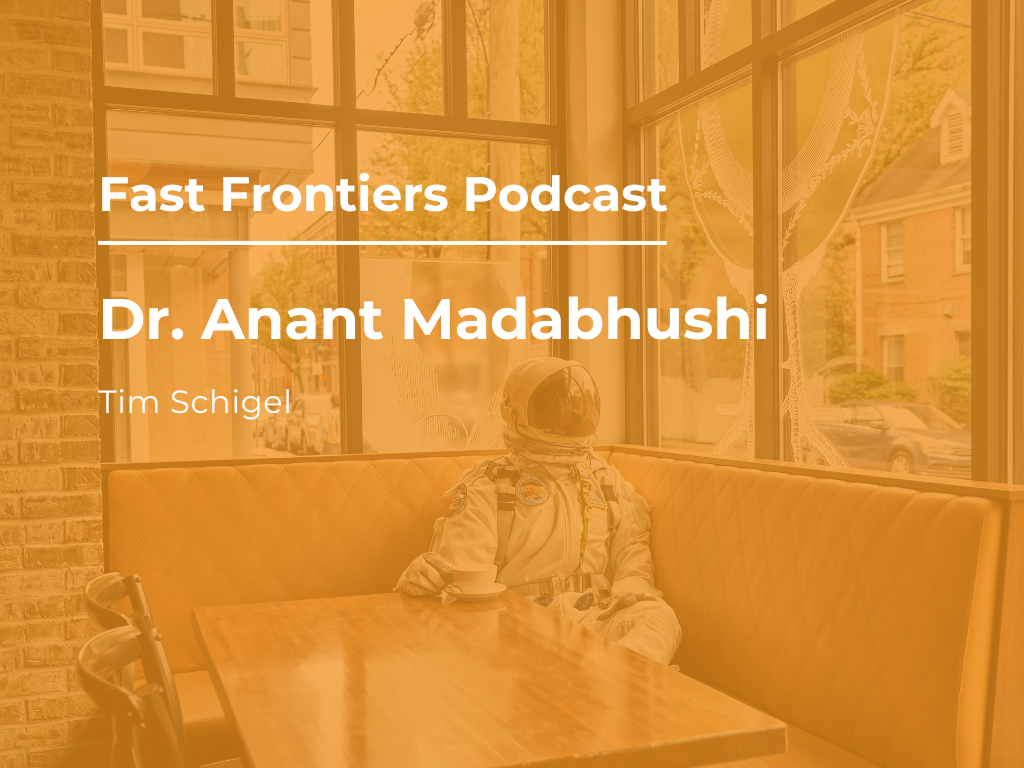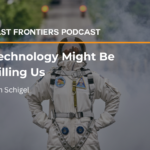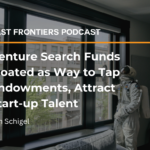It was my honor to interview Dr. Anant Madabhushi on behalf of Fast Frontiers. Dr. Madabhushi is the F. Alex Nason professor of biomedical engineering at Case Western Reserve University, and also serves as the director for the center for computational imaging and personalized diagnostics.
A true pioneer in the area of using information, machine learning, and AI in healthcare, Dr. Madabhushi has nearly 100 patents (and counting) and has authored over 350 peer-reviewed articles and journals. I kicked off our time together by asking Dr. Madabhushi about his background. A self-professed “very proud immigrant,” Madabhushi grew up in India, where he received his bachelor’s degree, before coming to the United States 22 years ago to complete his education. He received his master’s in biomedical engineering from the University of Texas, Austin, followed by a Ph.D. in bioengineering from the University of Pennsylvania.
It was during this time that his eyes were opened to the “real opportunity to meld bioengineering with a lot of unmet clinical needs.” It was also when he first became introduced to the worlds of pathology and radiology, after which he says: “I started thinking about how I could use bioengineering and pattern recognition and artificial intelligence and apply it to addressing some of the pain points for radiologists and pathologists.” Following a faculty position in biomedical engineering at Rutgers University, he was wooed away to accept a position at Case Western, where he was instantly drawn to—and very impressed by—what he dubs as “its amazing medical ecosystem.”
He added: “You’ve got this amazing technical institution. But what was truly profound was the proximity, the geographical proximity of this technical institution right next to Metro, the third-largest VA in the country, university hospitals, then, of course, the second largest medical enterprise in the world in the Cleveland Clinic.” All things, according to Madabhushi, that sets Cleveland apart from so many places across the whole world.
This unique ecosystem keeps coming up, winding its way through all of our words like a golden thread. This seems fitting, as it is clear that Madabhushi credits his countless endeavors’ successes much to this uber-connected environment.
“We’ve been extremely successful. When I came to Cleveland, I actually came with 12 people. I think at last count; we’re something like 60 to 70 people in the center between students, post-docs, faculty, staff, programmers, scientific developers… Again, I think it’s just a testimony to this unique ecosystem that we have.” An ecosystem that he is quick to point out has “very low cultural barriers to collaboration,” where one has the unique ability “to reach out to who you want when you want and get a response very, very rapidly.”
He elaborates that it is this easy-access ability for bioengineering to work with the medical practitioners (clinicians) that has allowed for some groundbreaking and innovative work at that intersection of artificial intelligence and precision medicine.
These collaborations piqued my interest, so I asked him to share an example of one such work collaboration and the fruits it produced. He immediately points out the way he was solicited by Case to join the ranks, describing the nature of it as “a reflection of that collegiality, the collaborative spirit across engineering and the cancer center and the school of medicine.” He elaborates: “Since I’ve come, the very first year even though my primary appointment was in biomedical engineering, I’ve got appointments in multiple different departments.” He also points to his lab meetings (which are now conducted on Zoom due to the pandemic) as an example of this collaborative spirit. “My lab meetings are attended by radiologists. They’re attended by oncologists. They’re attended by pathologists. It’s again just drives home the point that to do this kind of research in this area, you need that collaborative spirit.”
Madabhushi also points to the collaborative work he’s been doing with Lee Ponsky, Chief of Urology at UH, and Vikas Gulani, who was Chief of MRI at UH. The trio would meet (along with their groups) weekly, discussing and brainstorming how they could bring radiology, urology, and bioengineering together to do something unique and innovative. The fruition of this collaborative spirit? A large grant in 2017 for the use of artificial intelligence with normal MRI imaging to identify aggressive prostate cancer.
“Those conversations, those grants, really came about because we were constantly talking to each other, understanding the bioengineers, understanding the clinical problem. The clinicians are trying to understand the role that imaging and AI could play.” He adds: “It’s those conversations where you speak different languages, but as you converse more and more, you start to now get on the same page. You start to get more harmony in the syntax and the verbiage that people are using. That’s when the magic starts to happen.”
Speaking of magic, many more examples and fascinating details of Madabhushi and his fellow magic makers are divulged in the entire podcast interview, including the importance of “getting the word out”—upping the visibility of the amazing things that are happening in Cleveland, and beyond.



